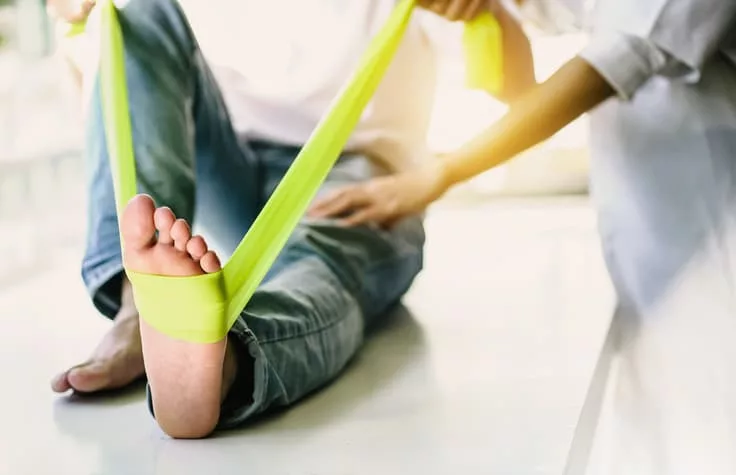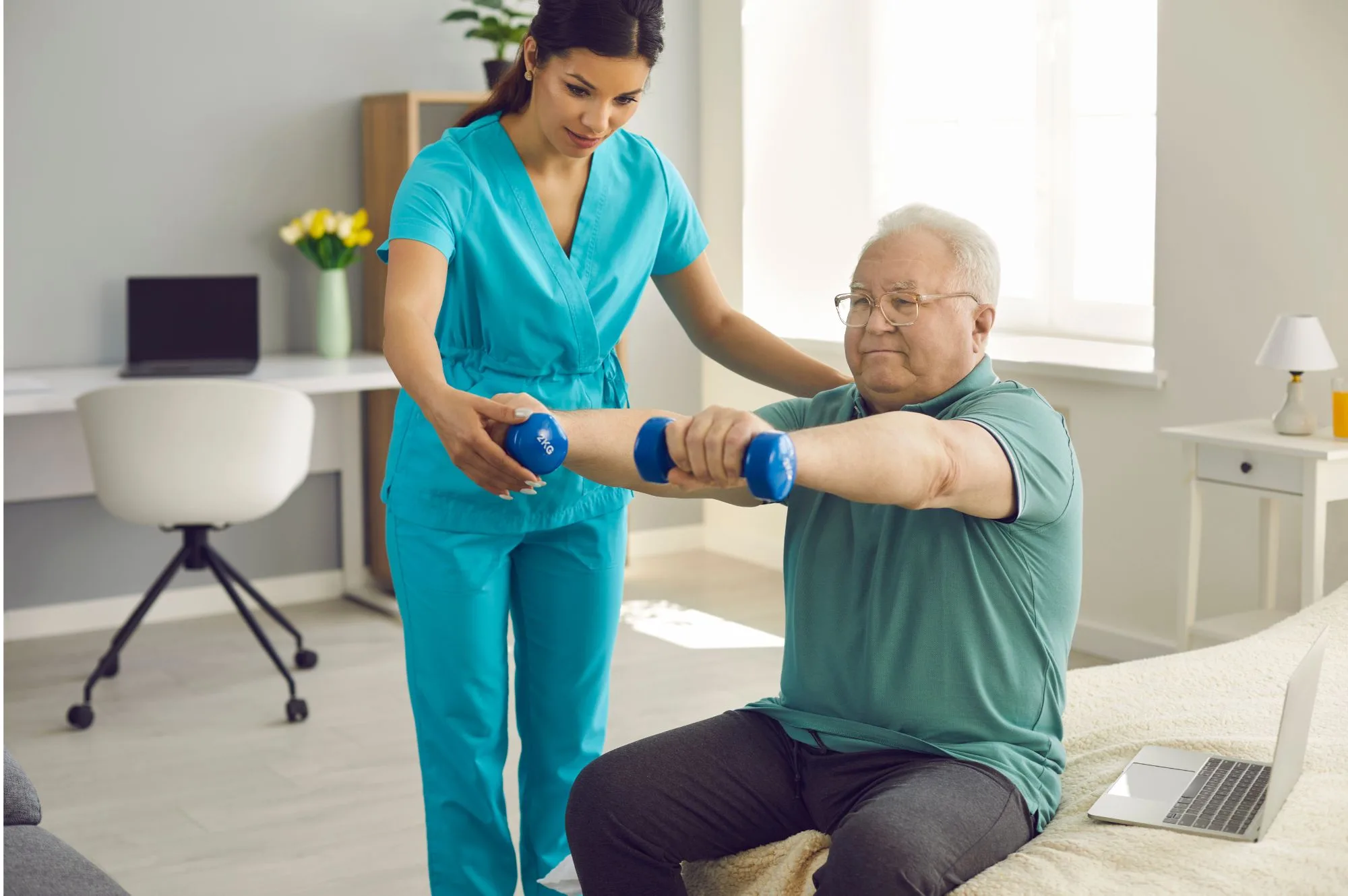Physical Therapy for Hemiparesis
Hemiparesis is weakness of one side of the body and is less severe than hemiplegia. Hemiplegia is paralysis of one side of the body. Both are a common side effect of stroke or cerebrovascular accident. One-sided weakness can affect your arms, hands, legs and facial muscles. If you have one-sided weakness you may have trouble performing everyday activities such as eating, dressing, and using the bathroom. Rehabilitation treatments, exercises at home, and assistive devices can help with your mobility and recovery. One sided paralysis or weakness occurs when a stroke affects the corticospinal tract of one side of the brain. The
How to Treat Vertigo and Dizziness With Physiotherapy
Vertigo and dizziness are conditions that affect people of all ages. They often lead to decreased confidence and self-esteem as well as a fear of falls which can decrease independence. Normal balance depends on the vestibular system as well as input from the eyes, muscles, and joints. The brain reflexively uses these inputs to keep you upright through a complex series of responses. A failure in any of these systems can lead to dizziness and a loss of balance. The Vestibular System In order to better understand dizziness and vertigo, it’s important to understand the vestibular system. We all have two peripheral vestibular systems on
Physiotherapy For Osteoporosis
Osteoporosis is a disease that is characterized by a decrease in bone density, leading them to become increasingly porous and brittle, leading to higher chances of fracture. This makes it a major health threat across the globe. Osteoporosis is often referred to as a silent disease because there are no early clinical signs or symptoms. Often, no symptoms are present until bone loss is advanced enough to result in a fracture. Common locations of fracture include your proximal femur, vertebrae, hip, pelvis, proximal humerus, distal radius, and tibia. Proximal femur and vertebrae are the two most common sites. Therefore, mild to severe constant
Physical therapy for Hemiplegia patients
Hemiplegia is paralysis of one side of the body, either left or right. It’s a common side effect of stroke or cerebrovascular accident. Hemiplegia usually impacts children, however it’s a lifelong condition and so it also affects adults. Physiotherapy provides service and information for adults with hemiplegia and also gives a general idea of hemiplegia and its effects. Hemiplegia is caused by injury to parts of the brain that control movements of the limbs, trunk, face, etc. This condition can occur before, during or soon after birth (within 2 years), such a condition is called ‘congenital hemiplegia’. It can also happen
What is foot drop and how can it be treated?
Our feet bear most of our body weight and so are prone to diseases and injuries caused to the foot nerves or as a secondary condition from other ailments. Foot drop or drop foot is one such condition which hinders mobility and can be quite frustrating because it impairs your ability to lift the front portion of your foot. Treatable if caused by nerve damage, foot drop patients show little improvement if it is caused by an underlying neurological, muscular or anatomical problem which is left untreated. Foot drop or Drop foot Foot Drop or Drop Foot is the inability to lift










